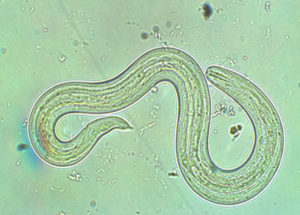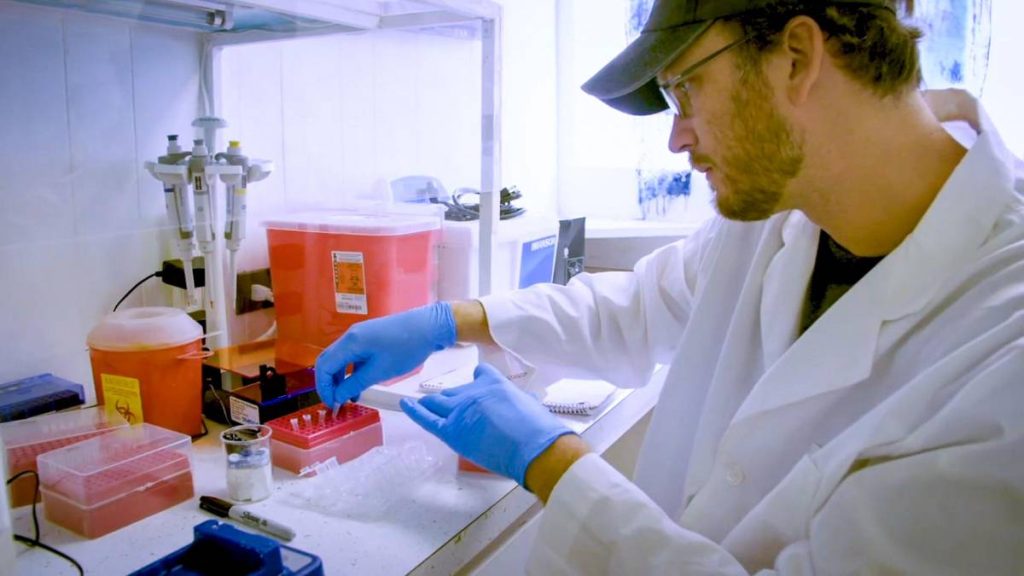6th Case Rat Lungworm Disease Confirmed in Hawai‘i Island Visitor
The Hawai‘i Department of Health has received notification from the Centers for Disease Control and Prevention of a laboratory-confirmed case of angiostrongyliasis, or rat lungworm disease, in an adult visitor to Hawai‘i Island.
With the additional case confirmed by CDC, this brings the statewide total to six cases of individuals confirmed with angiostrongyliasis in 2019. This includes three residents and three visitors all of which likely contracted the disease on Hawai‘i Island.
The sixth individual was an adult resident of the US mainland and was traveling in West Hawai‘i when they were infected with the parasite causing rat lungworm disease. The individual became ill in early February and was hospitalized on the mainland for a short time. The investigation was not able to identify an exact source of infection. However, the traveler reported eating a lot of fresh fruits and not washing them all before eating them.
“Washing fresh fruits and vegetables carefully no matter where they come from is an important step to preventing rat lungworm disease,” said Dr. Sarah Park, state epidemiologist. “Thoroughly inspecting and rinsing produce under clean, running water is the most effective way to remove pests and other contaminants.”
DOH provides the following recommendations to prevent rat lungworm disease:
- Wash all fruits and vegetables under clean, running water to remove any tiny slugs or snails. Pay close attention to leafy greens.
- Control snail, slug, and rat populations around homes, gardens and farms. Get rid of these vectors safely by clearing debris where they might live, and also using traps and baits. Always wear gloves for safety when working outdoors.
- Inspect, wash, and store produce in sealed containers, regardless of whether it came from a local retailer, farmer’s market, or backyard garden.
For more information about rat lungworm disease and how to prevent its spread, visit:
DOH website: http://health.hawaii.gov/docd/disease_listing/rat-lungworm-angiostrongyliasis/
HDOA website: http://hdoa.hawaii.gov/blog/main/rat-lungworm-information/
CTAHR website: http://manoa.hawaii.edu/ctahr/farmfoodsafety/rat-lungworm/
CDC website: https://www.cdc.gov/parasites/angiostrongylus/index.html
Angiostrongyliasis, commonly known as rat lungworm disease, is caused by a parasitic roundworm and can have debilitating effects on an infected person’s brain and spinal cord. In Hawai‘i, most people become ill by accidentally ingesting a snail or slug infected with the parasite Angiostrongylus cantonensis (A. cantonensis). Symptoms vary widely between cases, and the most common ones include severe headaches and neck stiffness. The most serious cases experience neurological problems, severe pain and long-term disability.















